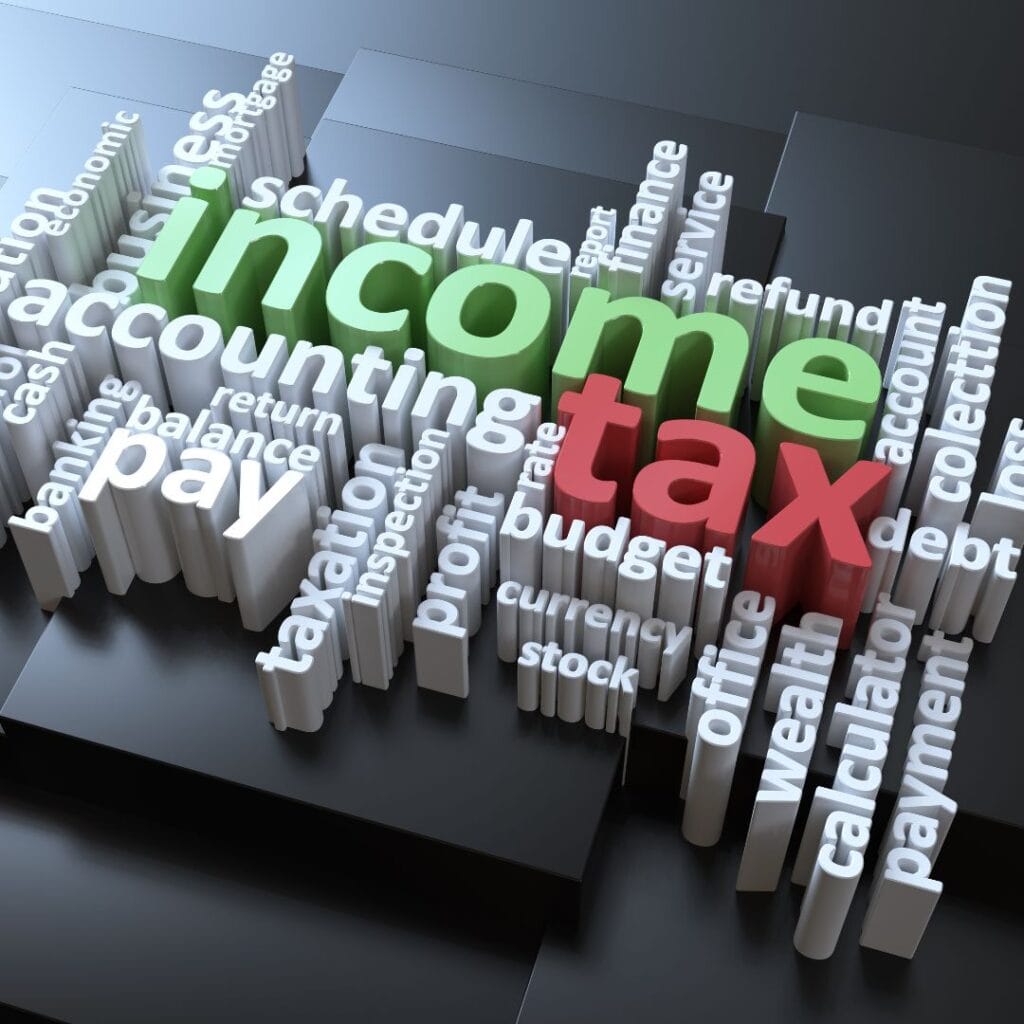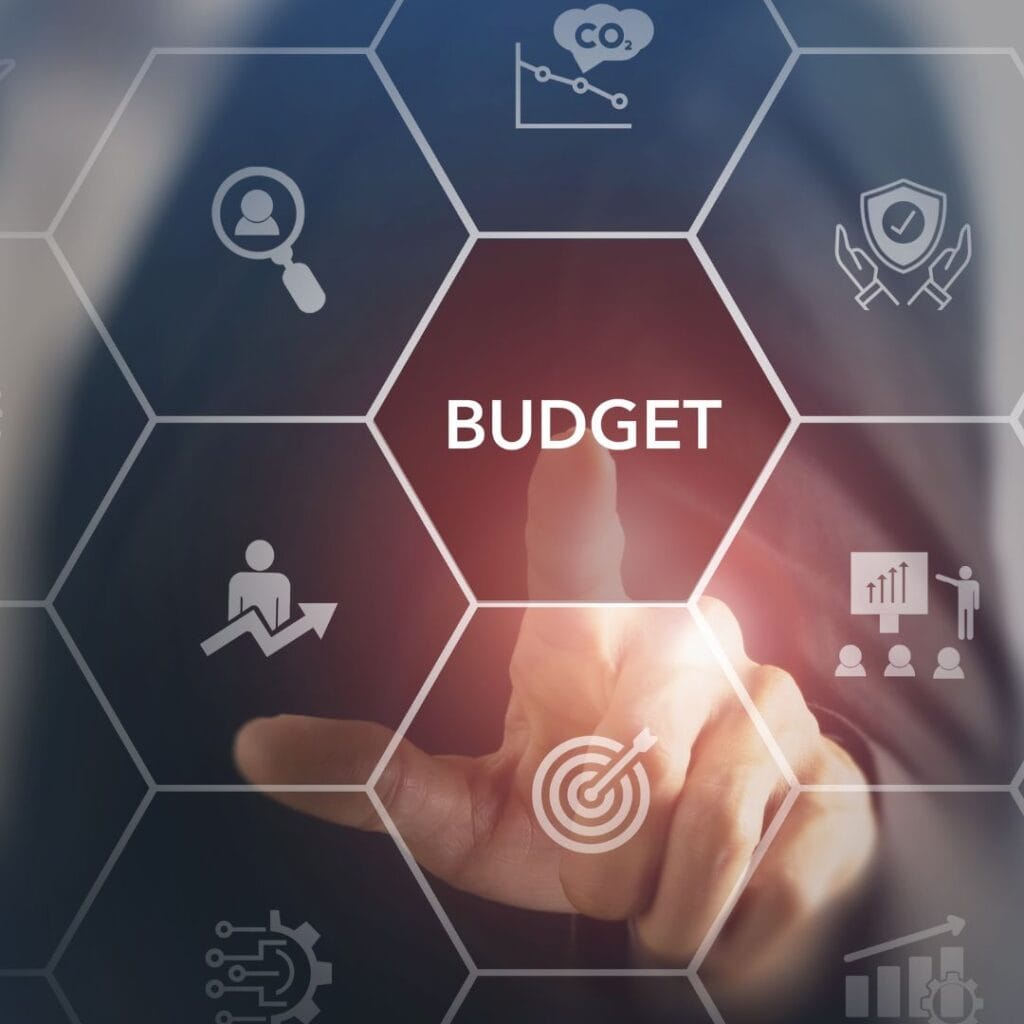Analysis of Section 194T of the IncomeTax Act, 1961: Tax Deduction at Sourceon Payments to Partners
Analysis of Section 194T of the IncomeTax Act, 1961: Tax Deduction at Sourceon Payments to Partners I. Executive SummarySection 194T of the Income Tax Act, 1961, effective from April 1, 2025, introduces a mandatefor Tax Deducted at Source (TDS) on specific payments made by partnership firms andLimited Liability Partnerships (LLPs) to their partners. This new provision requires firms todeduct TDS at a rate of 10% on the aggregate amount of salary, remuneration, commission,bonus, or interest paid or credited to a partner within a financial year, if such aggregate amountexceeds ₹20,000. The implementation of Section 194T will place an increased complianceburden on firms, requiring them to adhere to new procedures for tax deduction, deposit, andreporting, and may also have an impact on the liquidity of partners. This shift in taxresponsibility necessitates firms to diligently manage their financial processes to ensurecompliance with the updated regulations. II. Introduction to Section 194TSection 194T of the Income Tax Act, 1961, is a newly introduced provision through the FinanceBill 2024. Its primary objective is to bring payments made by partnership firms and LLPs totheir partners, specifically in the nature of salary, remuneration, commission, bonus, andinterest, under the ambit of Tax Deducted at Source (TDS). Previously, there was no specificprovision mandating TDS on such payments. The introduction of this section is aimed atenhancing tax compliance within the partnership sector and broadening the overall tax base.This new regulation will come into effect from April 1, 2025, and will be applicable toAssessment Year (AY) 2026-27 and subsequent years, corresponding to Financial Year (FY)2025-26. The implementation of Section 194T represents a significant shift in the tax treatmentof payments made by firms to their partners, necessitating a thorough understanding of itsprovisions and implications.The introduction of Section 194T addresses a gap in the existing TDS framework. Whilesalaries paid to employees were already subject to TDS under Section 192, similar paymentsto partners were not explicitly covered. This distinction might have led to inconsistencies in taxcompliance and potential underreporting of income by partners. By bringing partner paymentswithin the TDS net, the government intends to ensure a more uniform and timely collection oftax revenue from this income stream. This proactive measure reflects the tax authorities’ aimto enhance transparency and accountability in financial transactions between firms and theirpartners. III. Scope and ApplicabilitySection 194T is applicable to any “firm” responsible for making payments to its partners. Theterm “firm” under this section encompasses both traditional partnership firms registered underthe Indian Partnership Act, 1932, and Limited Liability Partnerships (LLPs) as defined in theLLP Act, 2008. However, it is specified that Section 194T will apply to Indian LLPs. This broaddefinition ensures that a wide range of business entities operating as partnerships or LLPswithin India fall under the purview of this TDS provision.The types of payments made by a firm to its partners that are subject to TDS under Section194T include: salary, remuneration, commission, bonus, and interest on any account. This listis comprehensive and indicates that Section 194T is designed to cover all forms ofcompensation and financial benefits that a partner might receive from the firm, includinginterest on their capital contributions or loans to the firm. This aligns with the intention to treatvarious forms of partner income similarly to employee income for TDS purposes. IV. TDS Rate and ThresholdThe applicable rate for deducting TDS under Section 194T is 10%. This rate is generallyapplicable to resident partners. While the snippets primarily focus on this 10% rate, it isimportant to note that a higher TDS rate of 20% will be applicable if the partner fails to providetheir Permanent Account Number (PAN) or Aadhaar. This provision serves as an incentive forpartners to disclose their PAN, ensuring proper tax credit and tracking of deductions.TDS under Section 194T is required to be deducted only when the aggregate amount of thespecified payments made or credited to a partner during a financial year exceeds ₹20,000.This threshold applies to the cumulative total of all payments made to a partner within thefinancial year, including salary, remuneration, commission, bonus, and interest. Once theaggregate payments to a partner in a financial year exceed ₹20,000, TDS at 10% is requiredto be deducted on the entire amount of such payments, not just on the amount exceeding thethreshold.The calculation of the ₹20,000 threshold is based on the total of all specified payments madeor credited to a partner from April 1st to March 31st of a financial year. Consider a scenariowhere a partner, Rajesh, receives ₹12,000 in June and ₹15,000 in December as remuneration.The aggregate payment of ₹27,000 exceeds the threshold of ₹20,000. Therefore, TDS at 10%will be applicable on the entire ₹27,000, amounting to ₹2,700. Another example involvesSeema, who receives ₹18,000 in July as salary and ₹5,000 as interest in February. The totalpayment is ₹23,000, which is above the threshold. Consequently, TDS of ₹2,300 (10% of₹23,000) must be deducted. These examples illustrate that firms must track all payments to apartner throughout the financial year to accurately determine the applicability of TDS underSection 194T. V. Timing of TDS DeductionUnder Section 194T, the obligation to deduct TDS arises at the earlier of two events: whenthe sum is credited to the partner’s account in the books of the firm (including the capitalaccount) or when the payment is made to the partner in cash, by cheque, draft, or any othermode. This rule ensures that TDS is deducted promptly, either when the firm recognizes theliability to pay the partner or when the actual transfer of funds occurs, whichever happens first.The fact that credit to the partner’s capital account is also considered a trigger for TDSdeduction is significant. For instance, if a firm decides to credit a bonus of ₹25,000 to apartner’s capital account on March 31st, 2026, even if the actual payment is made later in thenext financial year, the TDS obligation arises on March 31st, 2026. This prevents firms fromdelaying TDS deduction by merely crediting the amount and postponing the actual payment. VI. Compliance Requirements for FirmsPartnership firms and LLPs are obligated to fulfill several compliance requirements underSection 194T. Firstly, any firm responsible for deducting TDS must obtain







